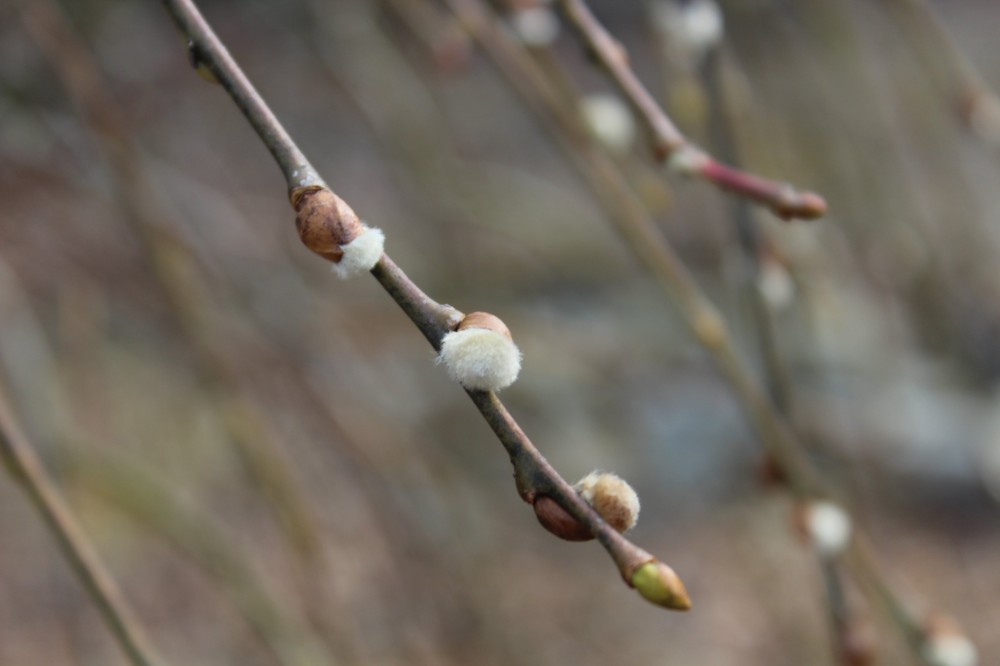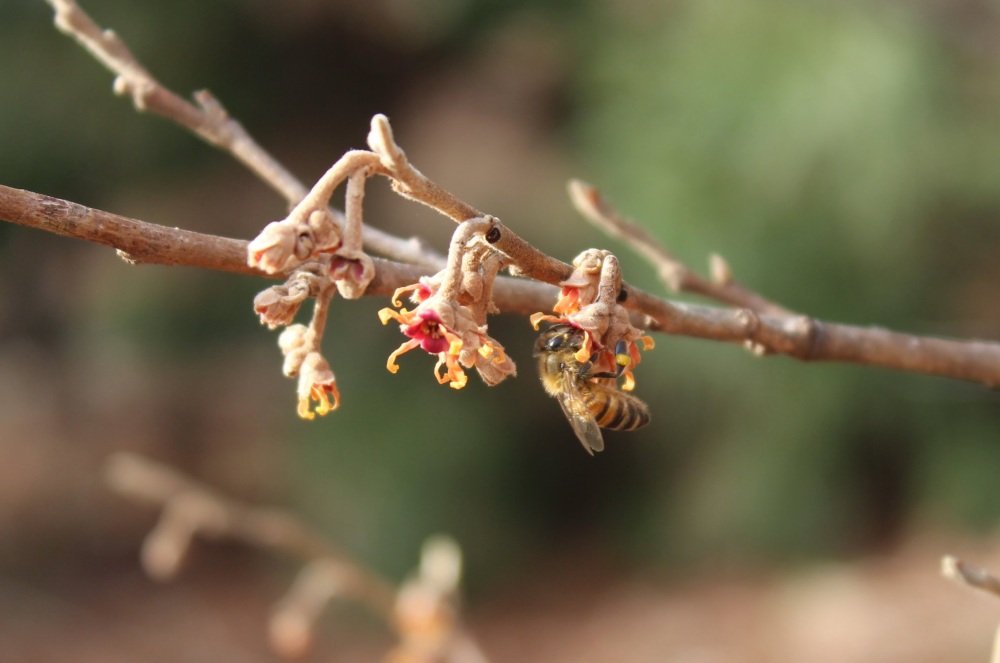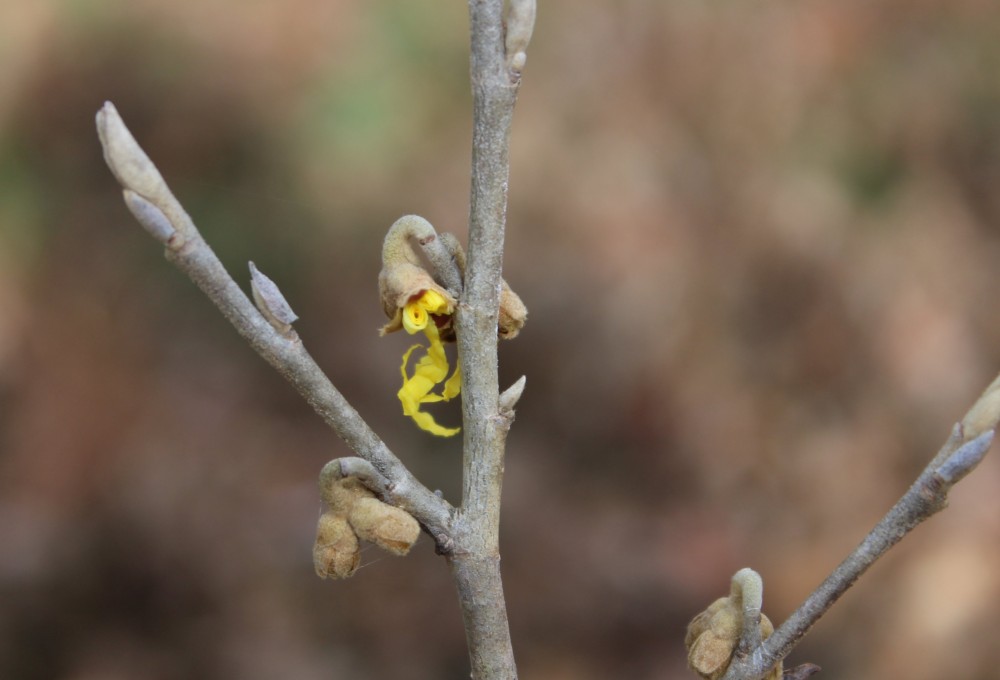Today is one of those days, rare days when winter temperatures are just right and I’m itching to get outside. To do something, anything. There are two parts to this equation, weather and will, and only on occasion do they coincide.
A prior engagement dictates that the day’s labor will be brief, and no matter how much is accomplished this will be a small fraction of what must be done prior to spring growth. In a few years, deep snow in late winter has delayed the start of spring clean up into the middle of March, and then the urgency is multiplied. Slow and steady is best, and if there are repeated days similar to this afternoon the early spring will be considerably less frantic.
As always, before chores can be started, a stroll through the garden is necessary. Inevitably, this requires more time than an undistracted walk. There are twigs and branches to pick up, and it is time to begin cleaning up stems of perennials. Most have been stripped of seeds by birds, or seeds have fallen to the ground. For this, there’s no rush, but stray stems that cover hellebores or snowdrops must be cleared to see flowers that are imminent.

Of course, the stroll is slowed as each witch hazel must be observed closely. One vernal witch hazel, by far the largest, and one with the fullest winter sun exposure, is a third into bloom, with full flowering a week away. Two others, in more shade, are beginning to break bud, so flowering lags a week behind.
Hybrid witch hazels typically begin flowering in February, but their progress must be monitored regularly so that not a single flower is missed. One ‘Arnold Promise’ has a single bud (above) that has opened slightly to reveal its bright yellow flower. There is no color yet on ‘Diane’ or ‘Jelena’, but with a mild week ahead these require daily observation.
While strolling, additions that have been imagined for spring planting will be reviewed, again. Perhaps the parrotia that will be transplanted should be spaced a bit farther from two Japanese maples that require more shade, but too far will place it into an area that remains damp through a rainy spring. There is no reason to move the tree, which is now stunted in too much shade, into ground that is ill suited for its survival. No matter how much this is considered, the final placement will be determined the day the tree is moved. Still, the debate is worthwhile, I think, and it is a luxury to dawdle outdoors on a January afternoon.
Those look something like the common witch hazel rather than garden varieties; but then, I am not that familiar with it. I have only grown garden varieties, and only recently got the common witch hazel.
Common witch hazel is native in this area, and three Vernal witch hazels I’ve planted were mislabeled as Common witch hazel. Vernal witch hazel, which is native 200 miles west of here on the west side of the Blue Ridge mountains, flowers in mid winter while Common blooms in November in this area. Otherwise, they are very similar.
When we grew the hamamelis, we grew neither common witch hazel, nor vernal witch hazel. The hamamelis was unpopular, so was discontinued. I am sure the other two would have been even less popular. I still do not know how our native hazel compares to any of them. When my witch hazel grows, I suppose I will need to compare them myself.
There aren’t a lot of crazies who go out in nine degree weather to check on their witch hazels. Flowers of common and vernal witch hazels are much smaller than hybrids, but they’re one of the few flowers we have in January.
Well, our winters are mild. The hazels were unpopular because not many people were familiar with them, and because we have plenty of other flowers that bloom in winter.
I took a stroll too Dave, but didn’t get past the contemplation stage! Do you mulch every year? Do you remove perennial debris? Last year I cut back in smaller pieces which took forever, but left the pieces on the ground.
When I plant a new area I put down a thin layer of pine bark, but that’s it. There is far too much area to mulch every year except with shredded leaves in the half of the garden that borders forest. Most of the garden is planted densely so mulch is not necessary. Leaves of hellebores were dumped onto the pile, but most debris from perennials and grasses is tossed to the side.